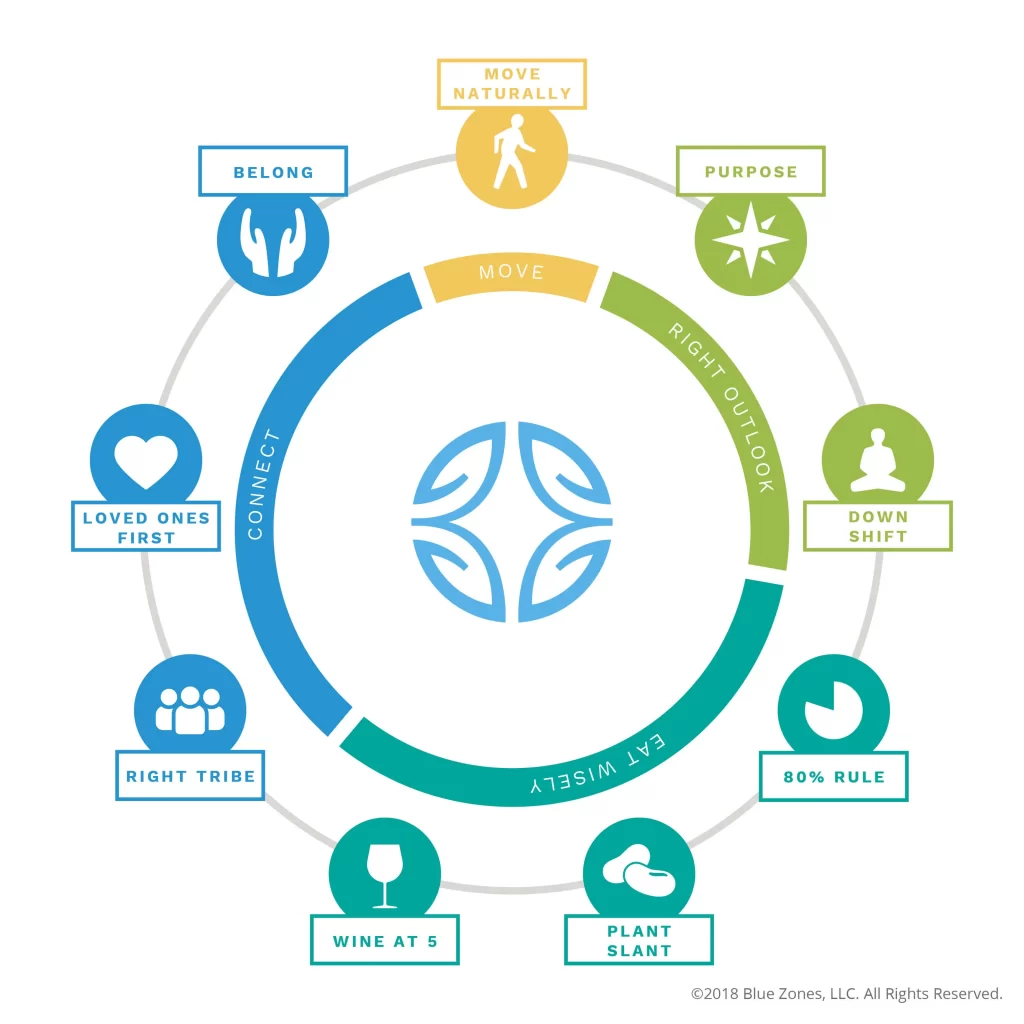James Kunstler: How bad architecture wrecked cities – TED YouTube Channel
-
-
- Physical Design & Walkability
- Green Initiatives
- Cultural Economic Development
- Entrepreneurship
-
James Kunstler: How bad architecture wrecked cities – TED YouTube Channel
Built To Last – First and Main Films YouTube Channel
“Built to Last” won first place in The Congress for the New Urbanism CNU 17 film contest.
An Introduction to Zoning – City Beautiful YouTube Channel

Dan Buettner’s book Blue Zones Solution: Eating and Living Like the World’s Healthiest People is published. It is a follow up to his 2008 book The Blue Zones: Lessons for Living Longer From the People Who’ve Lived the Longest. I don’t drink wine, so I replaced that one with “Grow a Garden”, which is also on the Blue Zones website. Community is another addition for the Blue Zones website.
Changing the built environment to allow people to move naturally more often is an important part of good urban planning.
Move more, move often.
Good exercise, good food, good spirit.
Beans are cornerstone, plus vegetables, fruit, and whole grains.
Eat and converse with family or friends.
Sleep enough and down shift (e.g., pray, nap, hangout).
Purpose driven life.
Put loved ones first.
Be part of a faith-based community.
Have close friends and strong social networks.
Taking focus off ones problems and focusing on making a better community deflates and diminishes the overwhelming problems of oneself.
How to Make an Attractive City – The School of Life YouTube Channel
1. Not too chaotic, not too ordered.
2. Visible life.
3. Compact.
4. Orientation and mystery.
5. Scale.
6. Make it local.
“Walkable City: How Downtown Can Save America, One Step at a Time” by Jeff Speck (book) and “The General Theory of Walkability” by Jeff Speck (TED Talk):
How do you get people to walk?
1. A reason to walk (balance of uses)
2. A safe walk (reality and perception)
3. A comfortable walk (space and orientation)
4. An interesting walk (signs of humanity)
Buffalo: America’s Best Designed City – John Paget Films
New Urbanism ideas implemented in Seaside, Florida, as outlined in this video:
Idea #1: Create a Town
Idea #2: Incremental Urbanism
Idea #3: Versatile Infrastructure
Idea #4: Limit the Lawns
Idea #5: Incubator Retail
Idea #6: Progressive Retail
Idea #7: Mixed Use
Idea #8: Live/Work Units
Idea #9: Agnostic to Style
Idea #10: Celebrate Civic Buildings
Idea #11: Amenities are for Everyone
Idea #12: Good Street Geometry = Free Range Kids
Idea #13: Recover Trusty Traditions
Idea #14: Work with Nature
Idea #15: Pervious Streets
Idea #16: Original Green – Less is More
Idea #17: Vision = Seeing Beyond Present